Child’s First Pediatric Dental Visit
According to guidelines from the American Academy of Pediatric Dentistry (AAPD), your child should be seen by his/her pediatric dentist no later than six months after the eruption of the first tooth. Starting your child visiting the dentist at an early age can start a lifetime habit of maintaining healthy teeth and a beautiful smile.
This visit mainly will involve counseling on oral hygiene, habits, and on the effects that diet can have on his/her teeth. It is NOT recommended to wait until age 3 to visit your dentist and as a general rule, the earlier the dental visit, the better the chance of preventing dental problems.
Children with healthy teeth chew food easily, learn to speak clearly, and smile with confidence. Start your child now on a lifetime of good dental habits.
The AAPD also recommends a dental check-up at least twice a year; however some children that may be at a higher-than-average caries risk may need to be seen more often.
Mouth Guards
Accidents can happen during any physical activity. A mouth protector can help protect the soft tissues of your tongue, lips and cheek lining. Over-the-counter stock mouth protectors are inexpensive, pre-formed and ready-to-wear. Boil and bite mouth protectors offer a better fit than stock mouth protectors. Softened in water, they are more adaptable to the shape of your mouth. Custom-fitted mouth protectors are made by your dentist for you personally. They are more expensive, but a properly fitted mouth protector will stay in place while you are wearing it, making it easy for you to talk and breathe.
Pulpotomy (when cavities get too deep)
Baby teeth that have large caries (cavities) and some degree of pain occasionally require that the “coronal” (top) portion of that tooth’s nerve be removed before a filling or a crown (preferably) is placed. The main goal of this procedure is to preserve the baby tooth, since baby teeth help to maintain adequate room for the permanent teeth. Pulpotomies have published success rates that range from 60% to 90% and represent a good and reliable way to save a badly decayed baby tooth.

